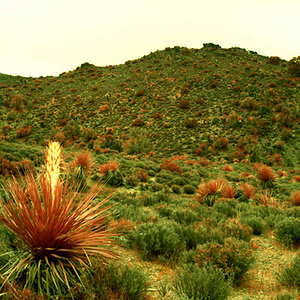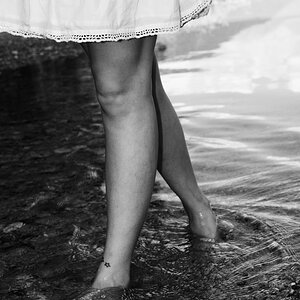jsecordphoto
Been spending a lot of time on here!
- Joined
- Oct 26, 2013
- Messages
- 1,493
- Reaction score
- 1,055
- Location
- new hampshire
- Can others edit my Photos
- Photos OK to edit
For those of you doing long exposures (1 minute+) at night, using long exposure noise reduction, do you still get hot pixels in your images? I do a lot of long foreground exposures, usually around ISO1600, f2.8-f4, 6/8/10 minutes with the LENR on. I still notice a ton of hot pixels in my RAW files once I bring them into LR. Most of my photo friends are fellow astrophotographers, some using a 6D as well, but also Nikon D800's and D610's, and they said they barely see any hot pixels when using the in-camera NR.
Is there something I'm missing here? I am able to clean up most of the hot pixels using LR's noise reduction, but I don't understand why I am the only one having this issue. Is my sensor compromised somehow? My 6D is only about 5 months old.
Any help would be greatly appreciated
Is there something I'm missing here? I am able to clean up most of the hot pixels using LR's noise reduction, but I don't understand why I am the only one having this issue. Is my sensor compromised somehow? My 6D is only about 5 months old.
Any help would be greatly appreciated


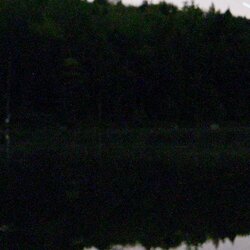

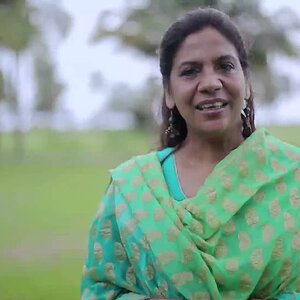
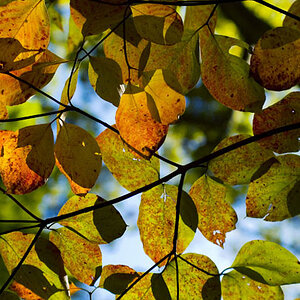
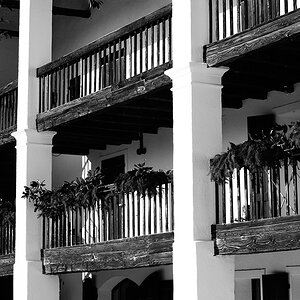
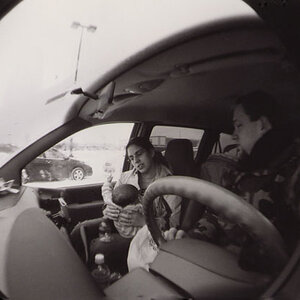
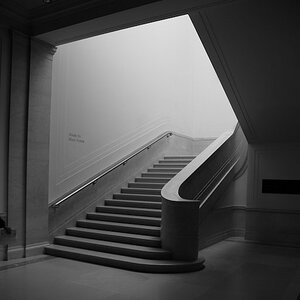
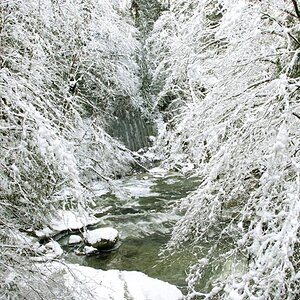
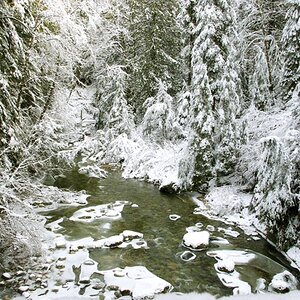
![[No title]](/data/xfmg/thumbnail/37/37621-b86590cf53fc4001d12701ee3091029b.jpg?1619738152)
![[No title]](/data/xfmg/thumbnail/37/37620-c3155da657d8b81637b9050d879694f5.jpg?1619738152)
